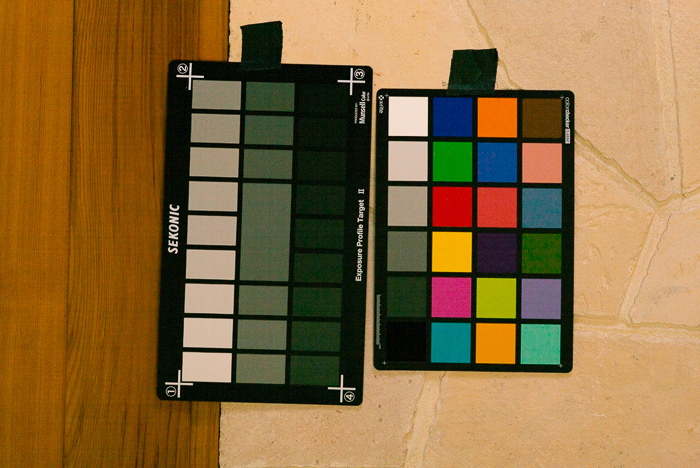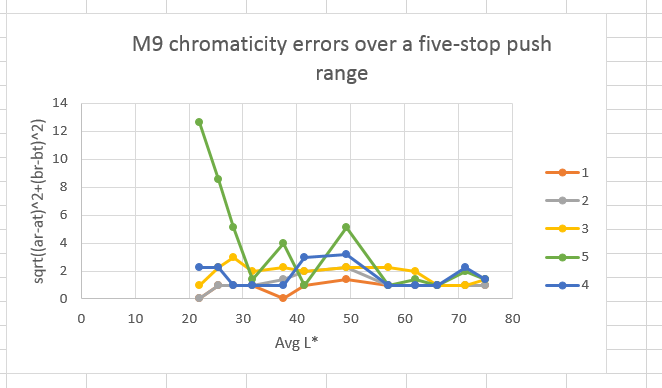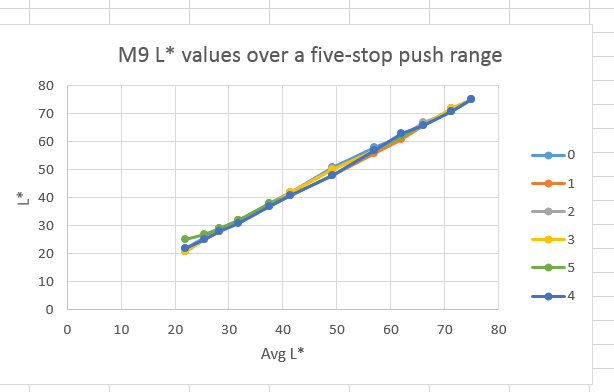I thought maybe I had a solution to the Leica M240 green shadows problem. I figured, if it is a result of the M240’s nonlinearity in dark tones, then I could put a filter on the lens so that the green channel didn’t outweigh the other two. If they all rolled off together, the darks… [Read More]
Archives for September 2013
Leica M240 green shadows, color checker measurements
I have the measurements from the images in the post immediately preceding this one. Same regime as with the Leica M9 images posted earlier, but with the Leica M240. I made an ETTR image at ISO 640. Then I made five more images, each one stop more underexposed than the previous one. I left the… [Read More]
Leica M240 green shadows, color checker images
Are you one of those people who are always skipping ahead in the handouts while the presenter is slogging through her PowerPoint slides? Well, this post is for you. Normally, I present the numbers and then the images to back them up. However, there seems to be some interest in this topic, so I’m going… [Read More]
Does pushing in Lr affect white balance?
I took the data from the preceding post, and analyzed the chromaticity errors, which I defined at the square root of the sum of the difference between the a* and b* values of the unpushed and the pushed image. Here’s what I got, plotted, as before, against, the luminance of the test patches: Except for… [Read More]
Does pushing in Lr add contrast?
In a Leica forum, a poster advanced the thesis that pushing in post increases contrast, and posted some images made with varying f-stops as evidence. I was worried about the effect of flare, which varies with f-stop in many lenses. And — you know me — I wanted something quantitative. I thought I’d do some… [Read More]
- 1
- 2
- 3
- …
- 7
- Next Page »


